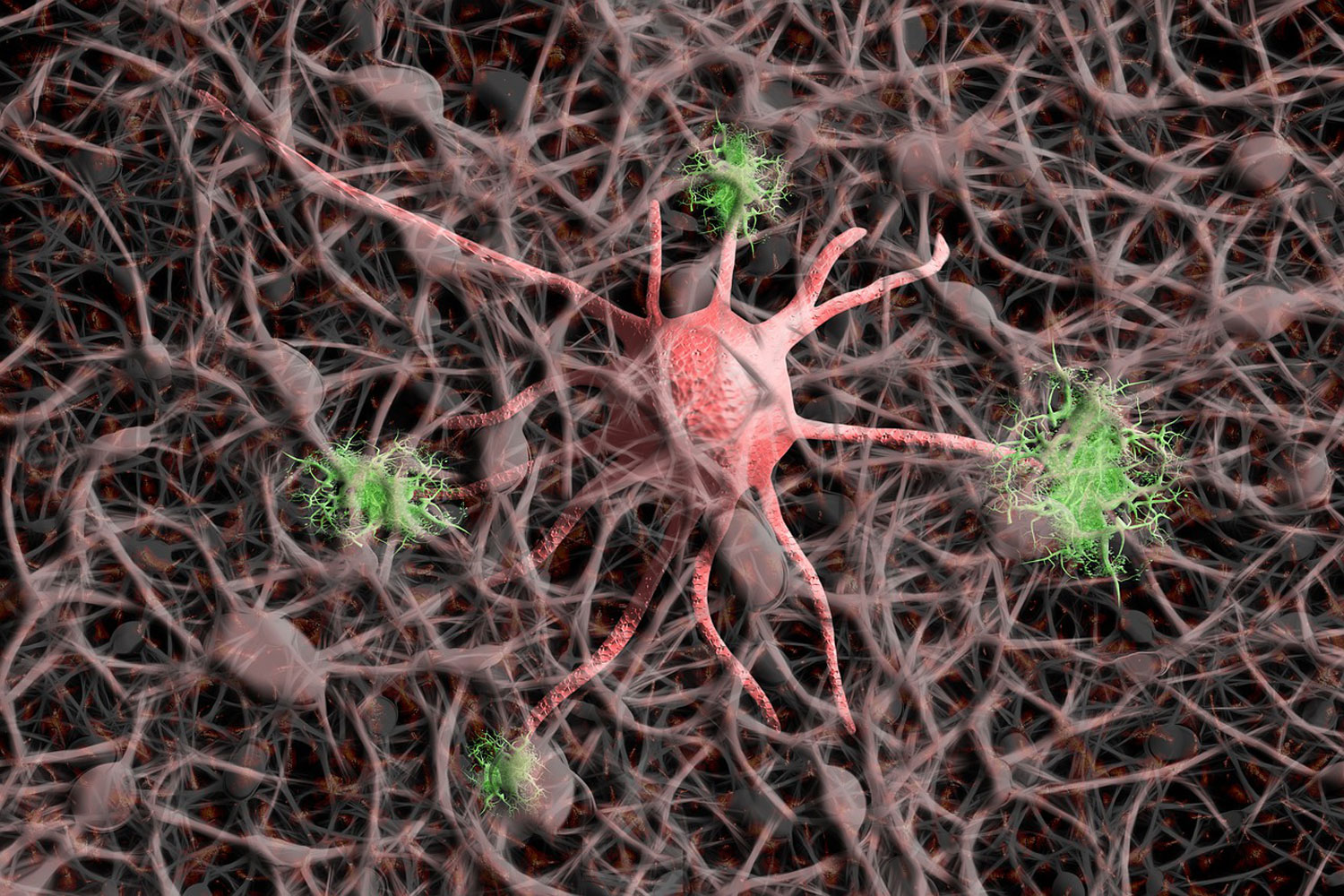The existence of dark matter- about a quarter of our universe- is puzzling. Several astrophysical and cosmological observations have confirmed its presence. However, no experimental observation of dark matter has been reported.
Scientists from the University of Manchester, working with the ATLAS experiment at CERN, have developed a new way of searching for Dark Matter.
Professor Deepak Kar, from the School of Physics at the University of the Witwatersrand in Johannesburg, South Africa, said, “There have been a plethora of collider searches for Dark Matter over the past few decades so far have focused on weakly interacting massive particles, termed WIMPs. WIMPS is one class of particles hypothesized to explain Dark Matter as they do not absorb or emit light and don’t interact strongly with other particles. However, as no evidence of WIMPS’ has been found, we realized that the search for Dark Matter needed a paradigm shift.”
What scientists wondered- whether dark matter particles are produced inside a jet of standard-model particles? As a result, they looked at semi-visible jets, a novel detector signature that they had never examined previously.
High-energy proton collisions frequently produce a collimated spray of particles from the decay of regular quarks or gluons, which are gathered into what are known as jets. When hypothetical dark quarks decay partly to Standard-Model quarks (known particles) and partially to stable dark hadrons (the “invisible fraction”), semi-visible jets would result.
Since they are produced in pairs, usually in conjunction with extra Standard-Model jets, when all the jets in the pair are not correctly balanced, the detector experiences an imbalance of energy or missing energy. One of the semi-visible jets is frequently in line with the direction of the lost energy.
Because mis-measured jets in the detector can also produce this event signature, searches for semi-visible jets become extremely difficult. The novel approach to search for Dark Matter provides fresh avenues for this type of investigation.
Journal Reference:
- The ATLAS Collaboration⋆. Search for non-resonant production of semi-visible jets using Run 2 data in ATLAS. Physics Letters B. DOI: 10.1016/j.physletb.2023.138324
Note: This article have been indexed to our site. We do not claim legitimacy, ownership or copyright of any of the content above. To see the article at original source Click Here













